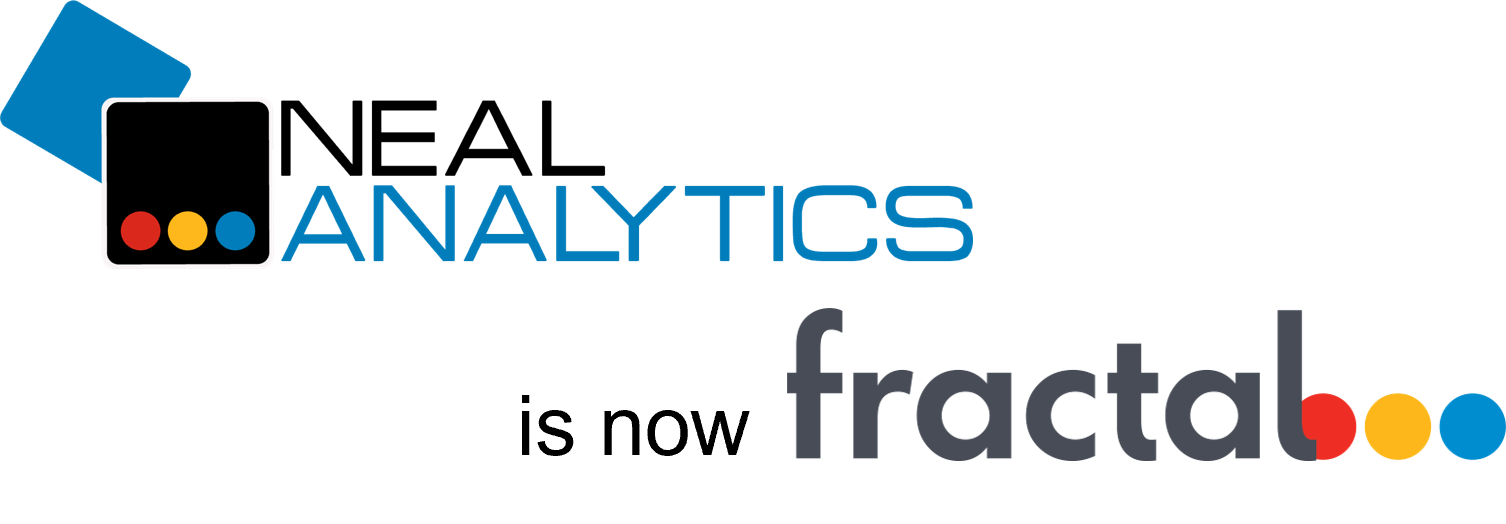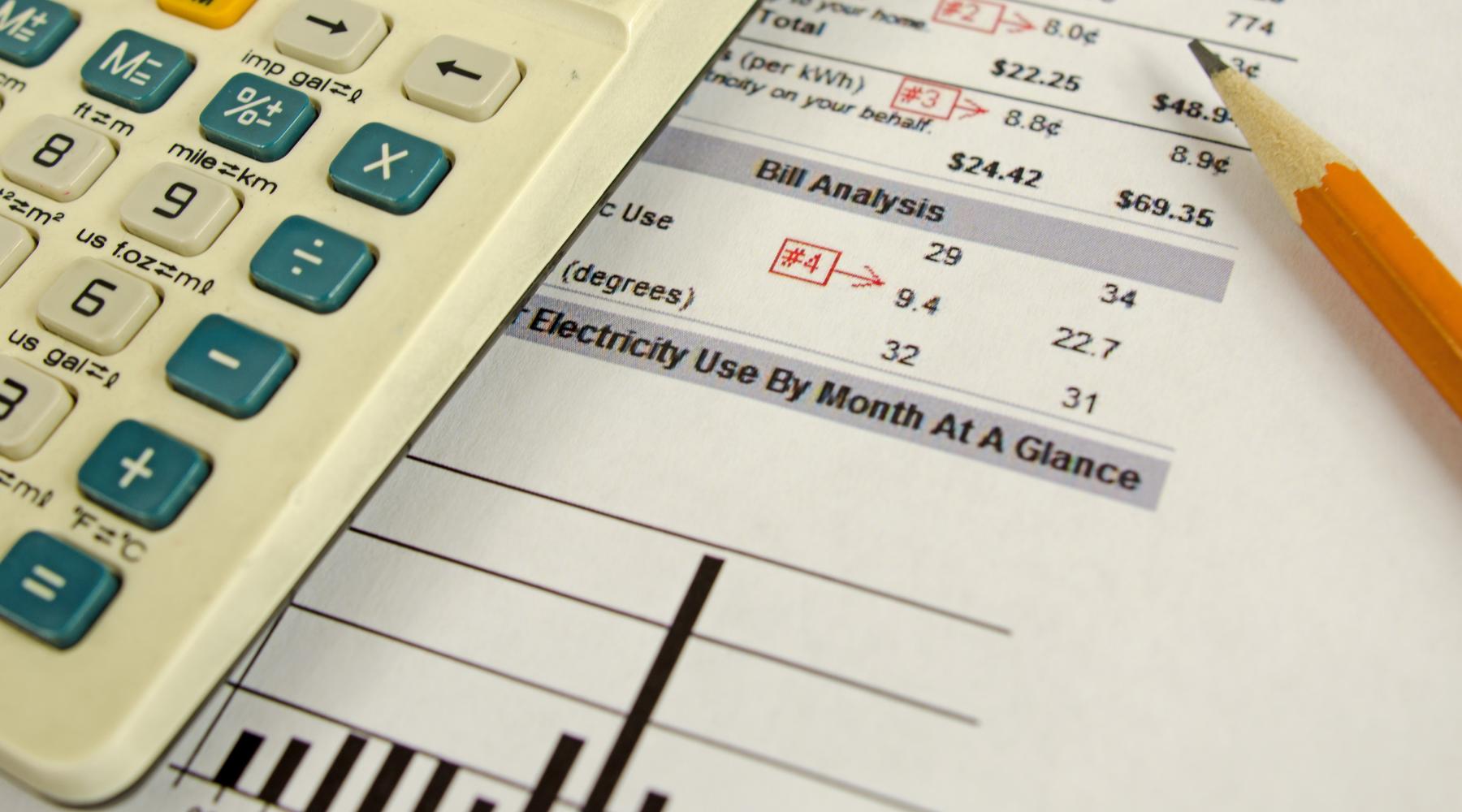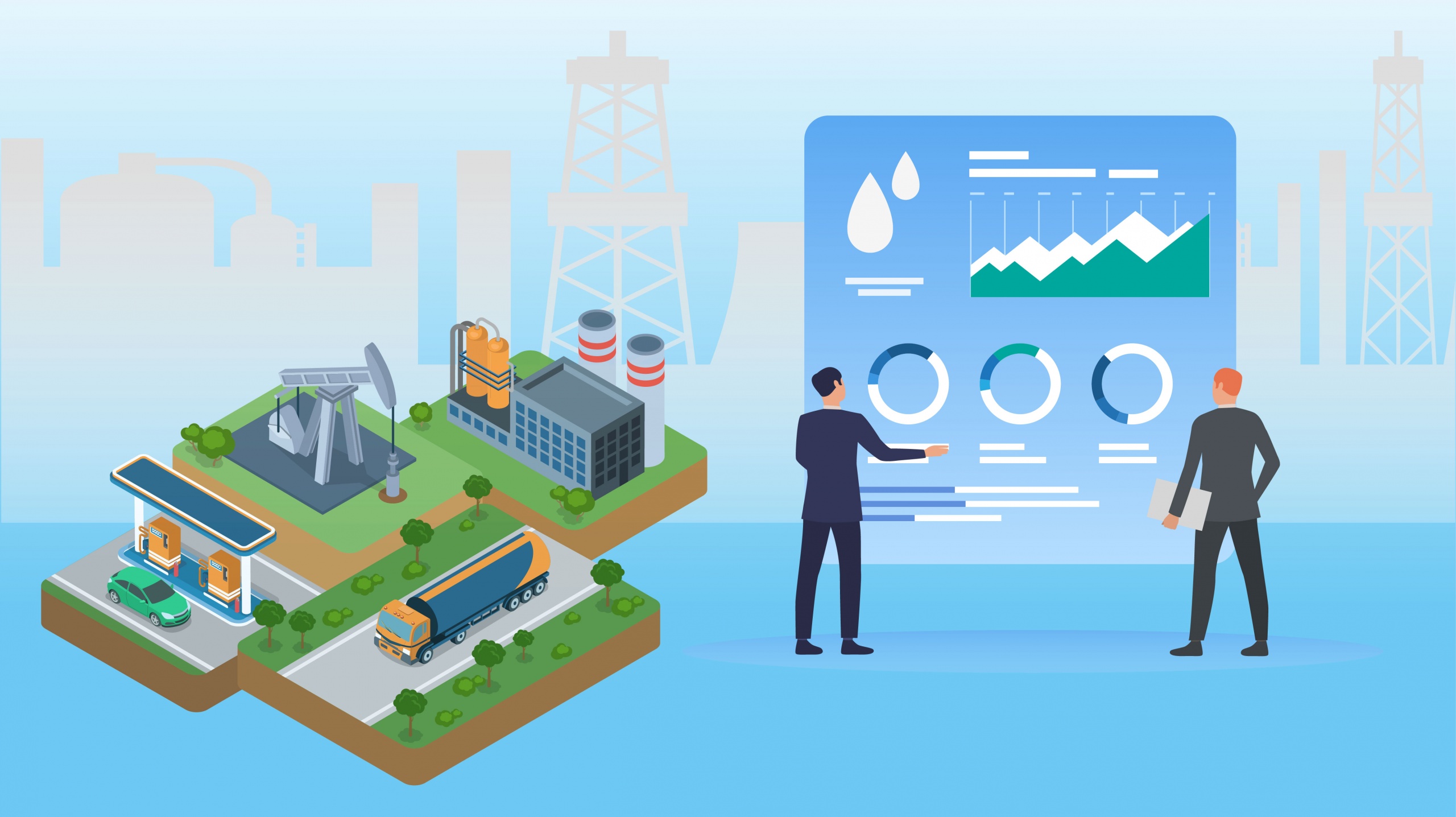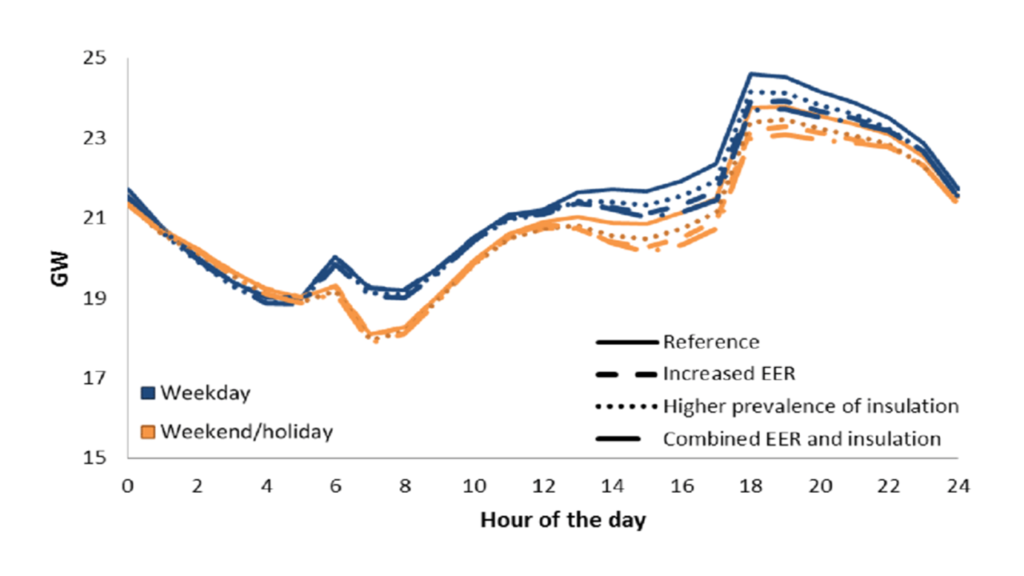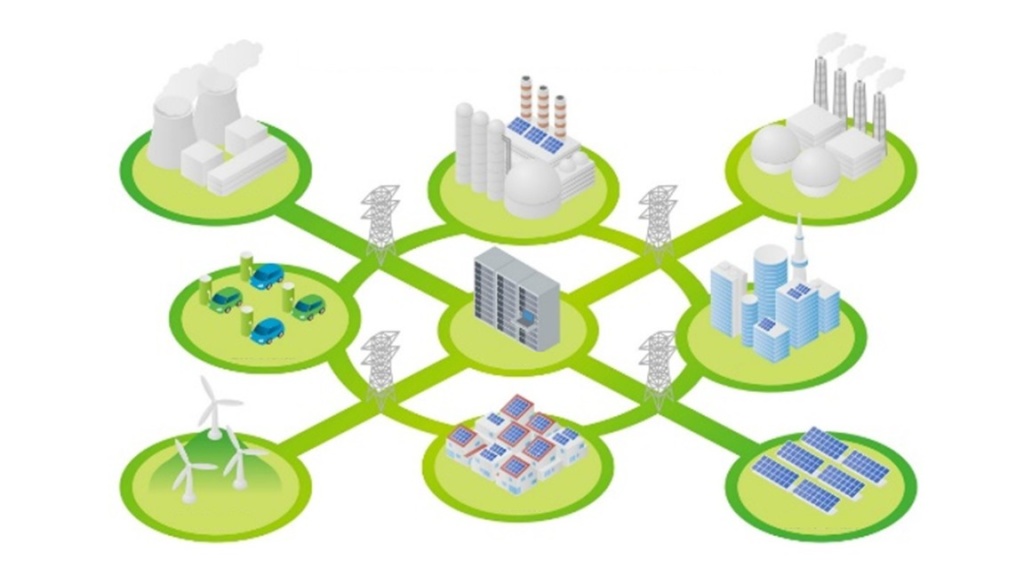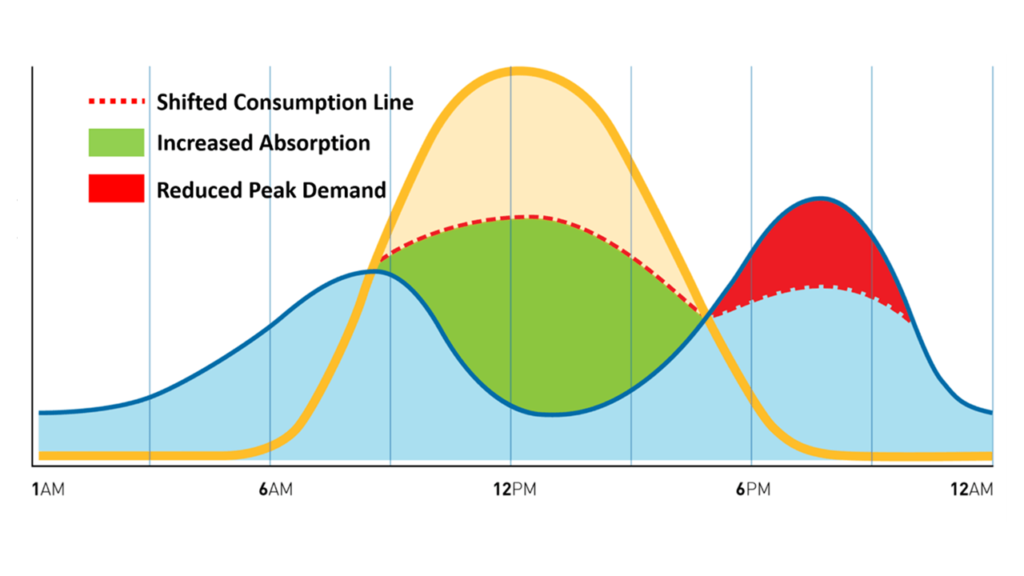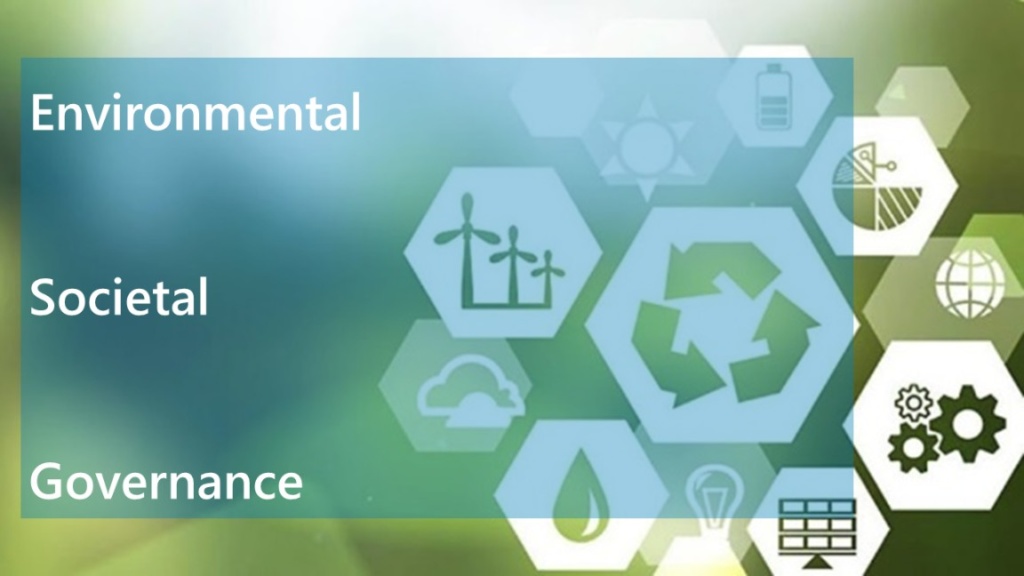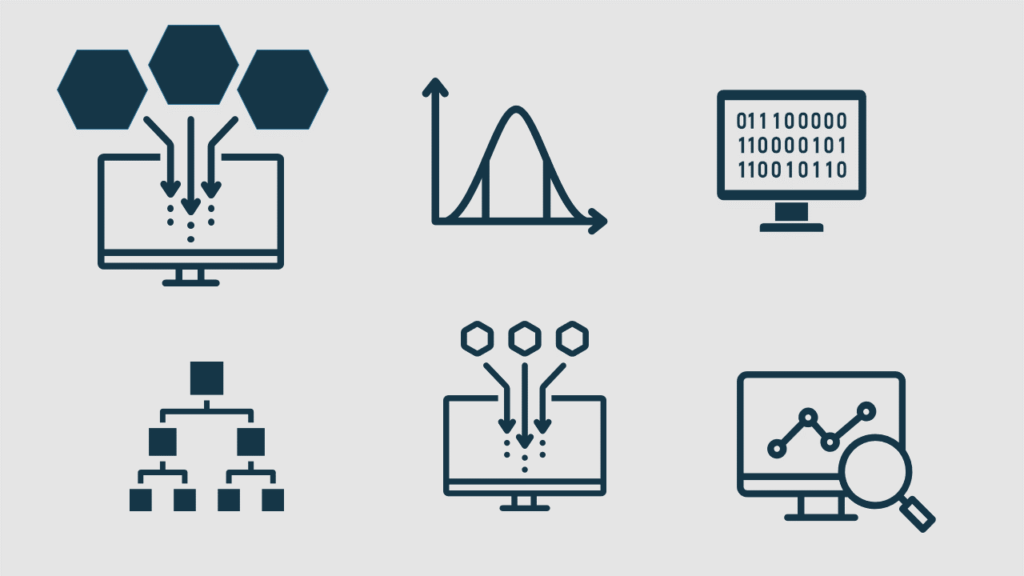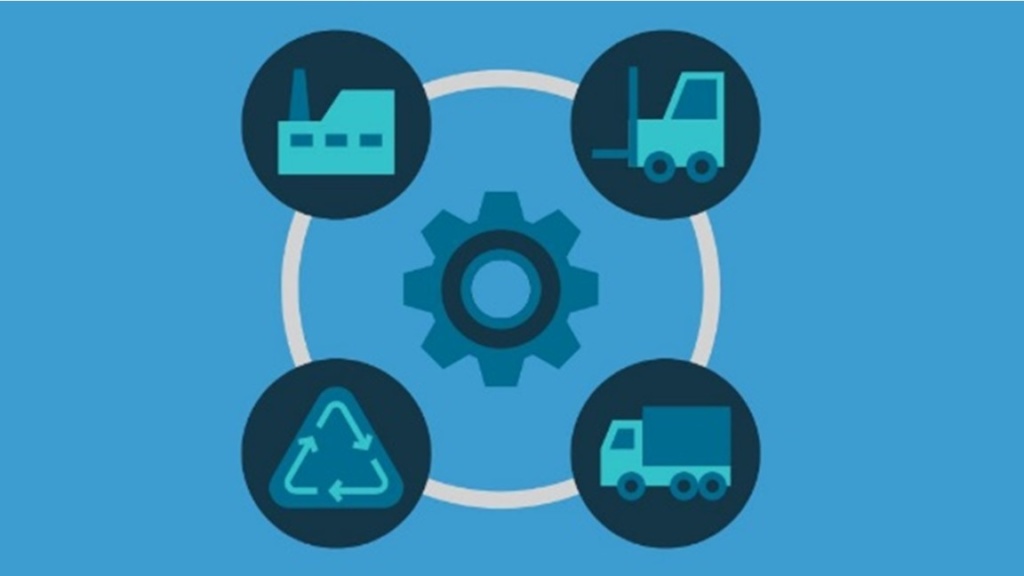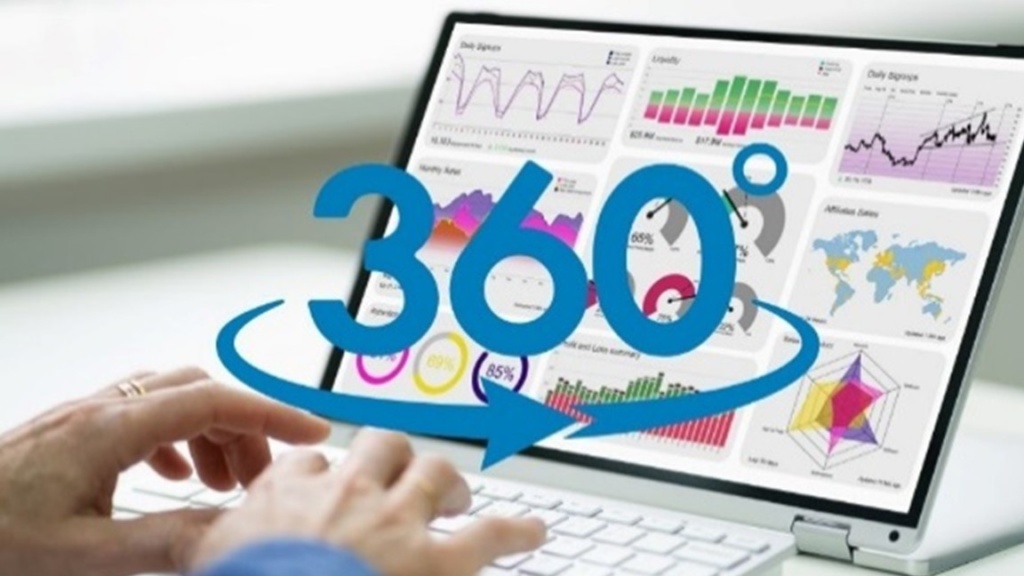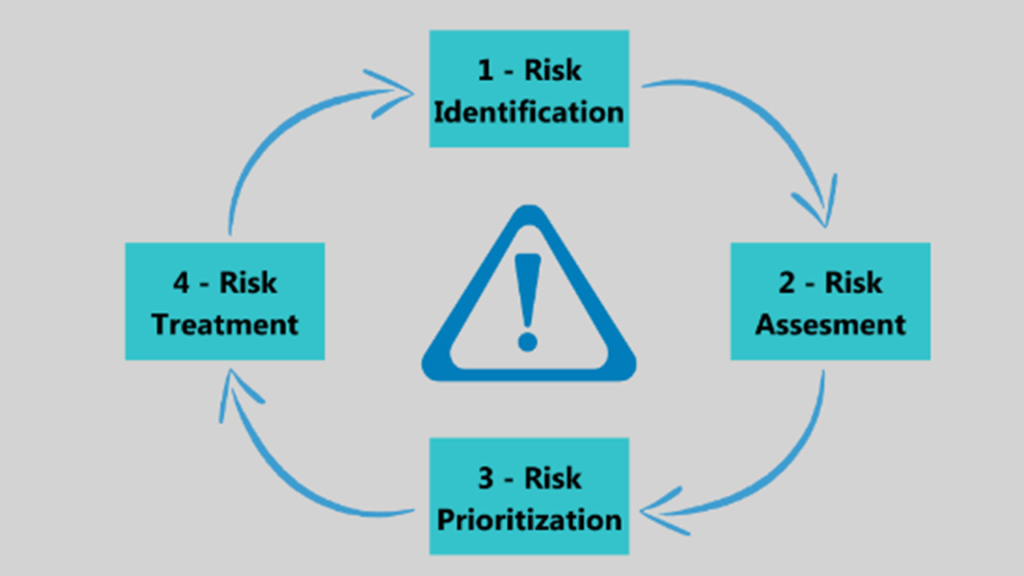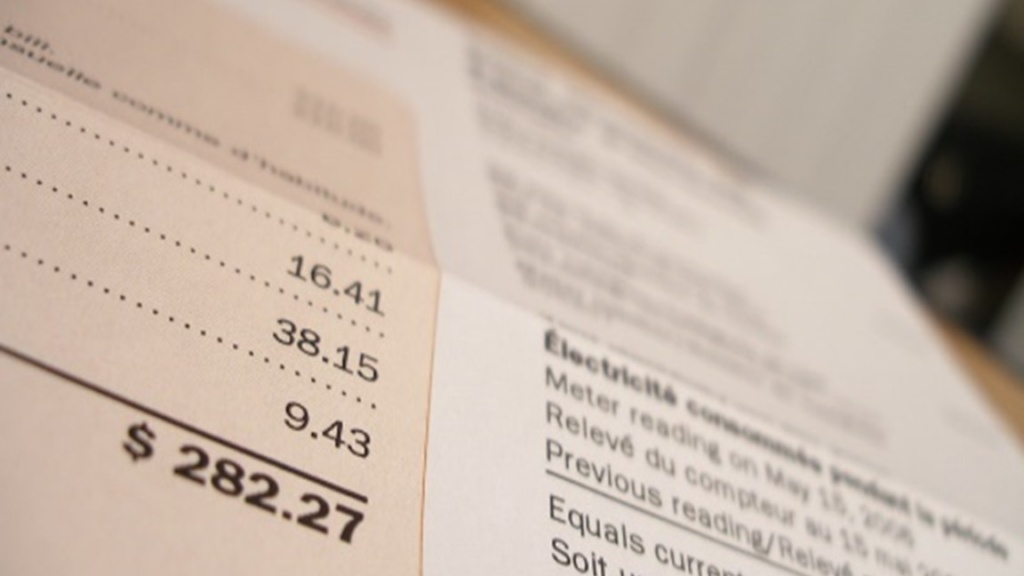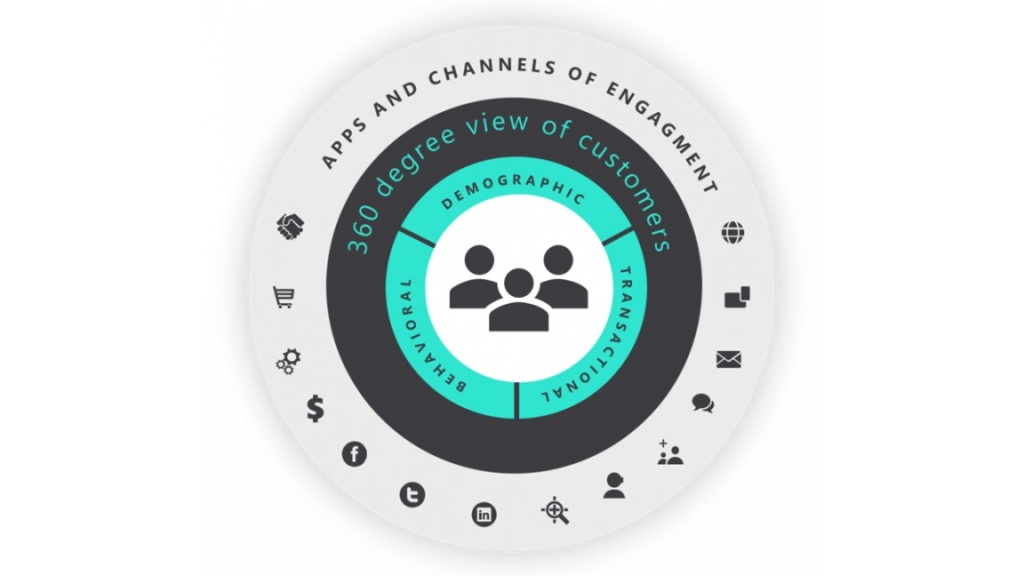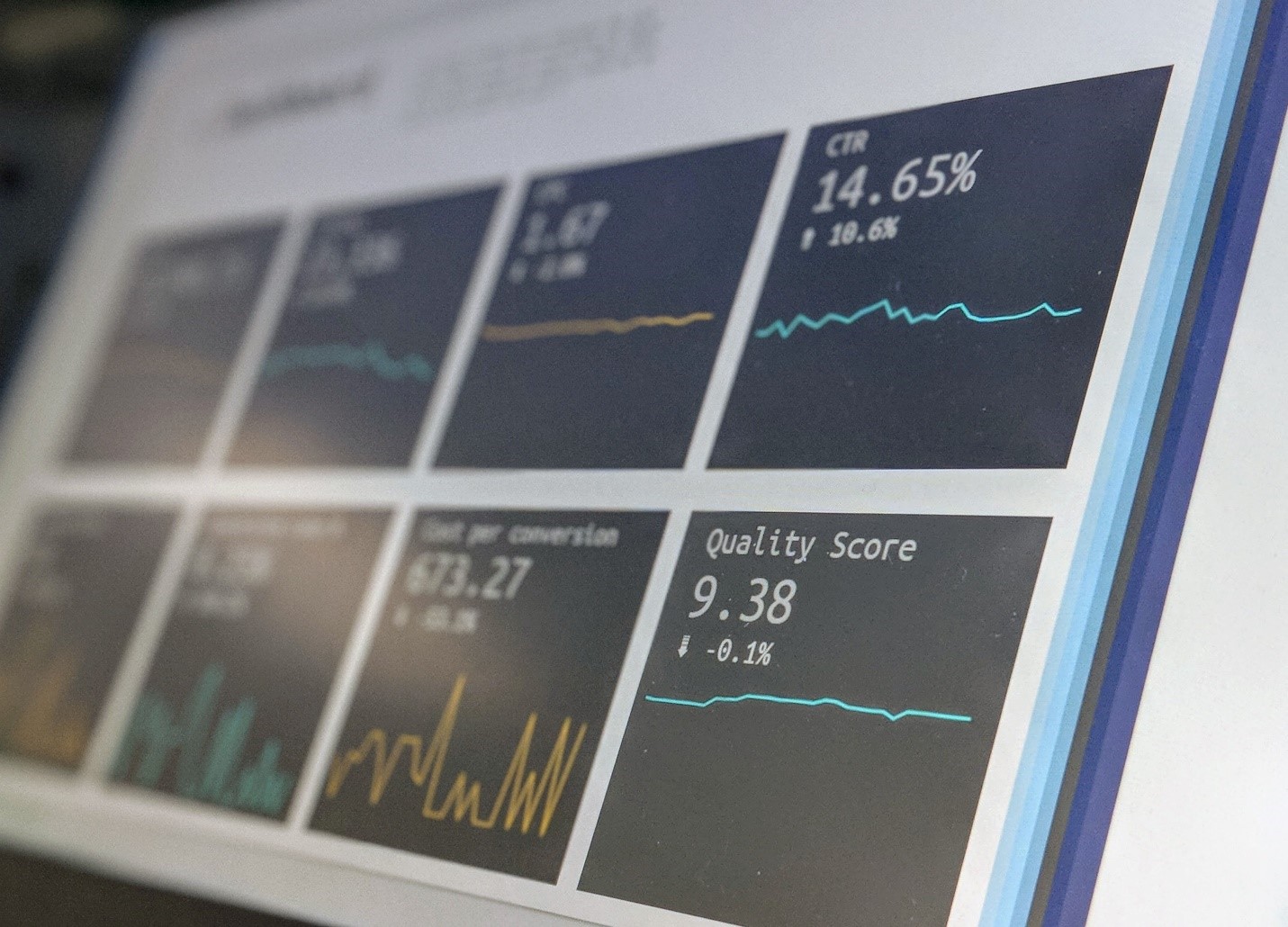Power & Utilities
Leveraging AI, IoT, and cloud to improve utility business efficiency
Transforming the utility value chain
Digital transformation initiatives in the power and utilities sector can help improve customer interactions, optimize operations, accelerate operational issues resolution, ensure timely and proactive equipment maintenance, and boost team productivity.
Neal Analytics’ solutions leverage the power of AI, cloud, and IoT technologies to prepare your organization to operate for the future, better understand and solve business challenges, and deliver best-in-class customer service.
Neal offers solutions and expertise in all three steps of a utility operation:
- System and business analysis & planning
- Maintenance and field operations
- Customer experience
Powering a sustainable future
We leverage our industry solution accelerators, cloud platform expertise, and digital consulting services to help our customers optimize their business and extract more value from their data.
Neal Analytics solutions are designed to support one, or several, of the following objectives:
Operate for the future
Boost operational profitability, efficiency, and resiliency while generating value for stakeholders
Transition to clean
Attain green commitments through emissions reductions, grid decarbonization and renewable energy optimization
Transform your workforce
Enhance team’s productivity
Reimagine energy
Expand your market positioning, increase growth opportunities, and create new business models
Featured customer stories
Our solutions
System-level load impact analysis
Power distribution systems exist to supply electricity to end users, making it necessary to understand the load impact of system-level individual loads.
Electricity suppliers can leverage data science techniques to optimize grids at the overall demand level. It also helps generate more accurate individual consumption forecasts and calculate electricity prices.
Smart grid management
Due to the growth of renewable power generation and dynamic demand response, utility companies strive for more efficient management of higher complexity electrical grids.
Leveraging machine learning and AI-based advanced forecasting and control technologies, such as deep reinforcement learning (DRL), can help automate existing systems while balancing costs and carbon emissions.
Load curve analysis
Understanding the variation in demand over time for a given energy source creates a need for utility companies to produce desired changes in the utility’s load shape, that is, changes in the time pattern and magnitude of a utility’s load.
By deploying appropriate machine learning techniques, companies can determine the demand load patterns over time, optimize energy consumption, and reduce losses at the grid level.
Carbon reduction planning
Businesses are now under tremendous pressure to tackle the problem of global warming. Also, it is essential to reduce carbon emissions at the electrical grid level, which requires large investments in infrastructure, including further investments in renewable energy and technologies to improve the efficiency of existing systems.
Advancements in data science and simulations help decision-makers achieve carbon reduction targets, thus balancing costs by providing what-if-scenario analysis and AI-informed roadmaps.
ESG reporting and planning
Environment, Social, and Governance (ESG) is a set of criteria that drive high-level organization decisions like mergers, acquisitions, investments, or divestments. Today, business leaders are challenged with creating real value for the company, creating a need to change their current business models and adopt sustainable strategies. It becomes necessary to track, plan, and improve the ESG efforts for an organization.
Integrating heterogeneous production, supply-chain, distribution, and stakeholders’ data, and leveraging advanced analytics to deliver a holistic solution, can help analyze ESG drivers, predict footprint, and improve traceability.
Long horizon customer demand forecasting
The utility company can use customer demand estimation and forecasting to predict future customer demand. Businesses use this information to identify new opportunities, allocate resources, reduce costs, and improve customer service.
Planning energy grid upgrades is a key challenge due to the uncertainty in future customer needs. Demand forecasting using machine learning techniques can help decision-makers accurately estimate the rise in demand driven by both existing and new customers.
Preventative maintenance and maintenance forecasting
It is essential to maintain the operational continuity of a system and reduce the chances of emergency failure events. Our solution helps utility companies deploy preventive maintenance processes for both scheduled maintenance and in response to breakdowns.
The emergency or breakdown maintenance is mostly stochastic in nature, which needs advanced prediction methods like auto-encoders, anomaly detection techniques, and supervised classifiers.
Procurement analytics and optimization
Supply chain and procurement optimization can help reduce the overall operational cost.
AI-based Natural Language Processing (NLP) and clustering ML models can be used to identify redundancies in supply chains and uncover cost-saving opportunities across suppliers.
Field asset history 360 degree
To enhance field asset performance, one must understand the complete performance and maintenance history of an asset. However, siloed datasets make this analysis difficult.
Leveraging a 360-degree dashboard can help operation personnel summarize past maintenance work and historical performance. Also, this dashboard can enable the operations personnel to quickly reference asset history while planning maintenance activities.
Improved asset failure risk management
Facility owners often face the daunting task of checking whether or not all the materials, machinery, and workforce in their facilities are functioning properly. Companies need to optimize service reliability through better asset risk management and maintenance.
Training a risk-based asset management strategy, policy, and scheduling an ML model that considers the current asset condition, its failure probability, and the potential incident consequences, i.e., the factor of asset criticality can help better monitor asset health.
Service call forecasting
Service call forecasting estimates future contact volume (from mediums like chat, phone, and email) and the number of required staff to handle that volume. It is necessary to optimize the call-center staff scheduling to ensure customer satisfaction.
Companies can improve service call forecasts by deploying forecasting algorithms using time-series forecasting techniques. It also helps improve call volume management and get the right estimate of staff required.
Enhanced billing quality assurance
It takes a lot of time and labor costs to manually resolve the issues associated with incorrect billing for utilities. Incorrect billing is a key driver for customer dissatisfaction and requires higher usage of customer service resources to correct those issues.
Leveraging machine learning techniques can enhance and automate the billing quality assurance process, leading to fewer billing errors, improved customer retention, and lowered operating costs.
360-degree customer overview
A 360-degree customer overview is a complete and holistic view of the customer from all perspectives within the company. It is generated by combining data from different customer-related sources, such as customer financial data, purchase history, service history, and customer interactions. Having a complete view of the customer allows businesses to provide better customer service, enable personalization, and improve customer retention.
Dashboards on Power BI combined with advanced analytics can help businesses monitor customer’s behaviors in near real-time and take actions accordingly.
Optimize advocacy and rebate targeting
Customer advocacy and rebate boost brand awareness, help reach new customers, retain customers, increase customer referrals, gain customer feedback, drive social media engagement, and many more. To reap these benefits, companies find ways to improve customer outcomes and the effectiveness of customer advocacy programs.
An effective customer advocacy program often requires the tailoring of offers and messaging campaigns. Data science techniques can help automate the matching of programs to customers and provide a more personalized approach at scale, enhancing overall consumer satisfaction and engagement.
Improved targeting of payment plan programs
To make a payment plan program more effective, it must be targeted at those who need it most. However, a well-designed appropriate payment plan program can help improve customer satisfaction.
Data science techniques like segmentation and classification can help tailor payment plans based on individual customer needs. This can help improve customer outcomes and cash flow.
